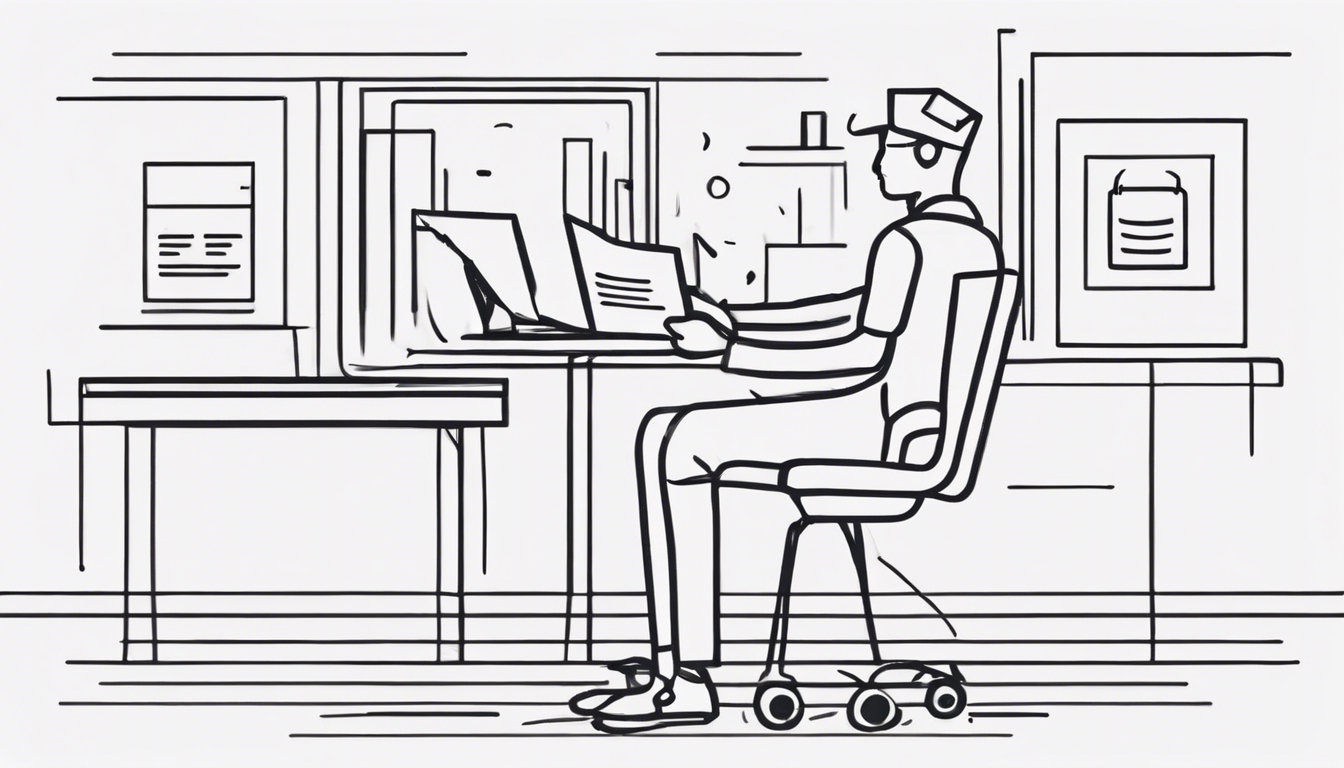Introduction to Keynote Speeches

Keynote speeches are like the cherry on top of a delicious speech sundae. They are the main event, the star of the show, the piece de resistance! But what exactly is a keynote speech, you ask? Well, think of it as the ultimate speech that sets the tone, captures the audience’s attention, and delivers a powerful message that leaves a lasting impact. It’s not just any ordinary speech; it’s the speech that wows, inspires, and motivates.
The purpose of a keynote speech is to kick off an event with a bang! It’s the speech that gets everyone buzzing, excited, and ready to absorb all the wisdom and knowledge that’s about to be shared. Keynote speeches are like the opening act of a grand performance, setting the stage for what’s to come. They are designed to engage, entertain, and enlighten the audience, leaving them eager for more.
Crafting a well-crafted keynote speech is like preparing a gourmet meal for your audience. It requires careful thought, creativity, and a dash of charisma. A great keynote speech can make the difference between a forgettable event and a memorable experience that attendees will talk about for years to come. So, buckle up, grab your metaphorical chef’s hat, and let’s dive into the world of keynote speeches!
Understanding the Audience

Before you step onto the stage to deliver your keynote speech, it’s essential to understand who you’ll be speaking to. Analyzing the demographics of the audience is like getting to know your dinner guests before serving them a feast. Are they young or old, professionals or students, tech-savvy or traditional? Understanding these details will help tailor your speech to resonate with your audience on a deeper level.
Identifying the needs and expectations of your audience is like being a mind reader, but without the crystal ball. What are they hoping to gain from your speech? What challenges are they facing? By addressing their needs and expectations, you can create a connection that goes beyond words, making your speech more impactful and meaningful.
Creating a connection with your audience is like building a bridge between hearts and minds. It’s about establishing rapport, empathy, and trust. When your audience feels connected to you, they are more likely to listen attentively, engage with your message, and walk away inspired. So, put on your empathy hat, step into your audience’s shoes, and get ready to forge that magical connection!
Research and Preparation

Conducting thorough research on the topic of your keynote speech is like being a detective on a mission. Dive deep into the subject matter, explore different perspectives, and unearth valuable insights that will enrich your speech. The more you know, the more confident and compelling you’ll be on stage.
Gathering relevant data and examples is like collecting ingredients for a recipe. You want to have a mix of statistics, anecdotes, case studies, and quotes that will spice up your speech and make it more engaging. These data points and examples will not only support your key points but also add credibility and depth to your message.
Structuring the speech outline is like creating a roadmap for your journey. It helps you stay on track, maintain a logical flow of ideas, and ensure that your message is delivered in a clear and organized manner. A well-structured outline acts as a guiding light, leading you and your audience through a seamless storytelling experience.
Crafting the Content

The introduction of your keynote speech is like the opening scene of a blockbuster movie. It’s your chance to grab the audience’s attention, set the tone for what’s to come, and hook them from the get-go. Whether it’s a powerful quote, a compelling story, or a thought-provoking question, make sure your introduction leaves a lasting impression.
The body of your speech is where the magic happens. This is where you present your key points, share your insights, and provide supporting evidence to back up your claims. Think of it as the meaty part of your speech sandwich, where each point is a flavorful ingredient that adds depth and richness to your overall message.
In the conclusion of your keynote speech, it’s time to bring it all together like a master chef putting the final touches on a gourmet dish. Summarize your key messages, leave your audience with a powerful takeaway, and inspire them to take action. A strong conclusion is like a dessert that leaves a sweet aftertaste long after the meal is over.
Incorporating Engaging Elements

Storytelling techniques are like sprinkles on a cupcake – they add flavor, color, and a touch of magic to your speech. Stories have the power to captivate, inspire, and connect with your audience on an emotional level. Whether it’s a personal anecdote, a case study, or a fictional narrative, storytelling can make your keynote speech unforgettable.
The use of visual aids and multimedia is like adding icing on the cake of your speech. Visual elements such as slides, videos, and images can enhance your message, make complex ideas easier to understand, and create a more dynamic and engaging presentation. Just like a well-decorated cake, visual aids can make your speech visually appealing and memorable.
Incorporating interactive elements into your keynote speech is like adding a cherry on top of your speech sundae. Engage your audience with polls, Q&A sessions, group activities, or live demonstrations. By involving your audience in the conversation, you create a more dynamic and participatory experience that keeps them invested and connected throughout your speech.
Practicing and Rehearsing

Rehearsing your keynote speech is like practicing your favorite dance routine – it’s all about timing, rhythm, and flow. By rehearsing multiple times, you can fine-tune your delivery, work out any kinks, and ensure that your speech flows smoothly from start to finish. Practice makes perfect, so don’t be afraid to rehearse until you feel confident and comfortable.
Seeking feedback from trusted friends, colleagues, or mentors is like having a dance partner to guide you through the steps. Feedback helps you identify areas for improvement, polish your performance, and gain valuable insights from an outside perspective. Embrace feedback as a gift that will help you elevate your speech to the next level.
Building confidence in your delivery is like owning the dance floor with style and grace. Confidence is contagious and can make a world of difference in how your speech is received. Practice deep breathing, positive visualization, and power poses to boost your confidence before stepping onto the stage. Remember, you’ve got this!
Delivery and Presentation Skills

Body language and vocal modulation are like the dance moves and music of your speech. Use gestures, facial expressions, and varied vocal tones to convey emotion, emphasize key points, and keep your audience engaged. Your body language and voice are powerful tools that can enhance the impact of your message and create a memorable presentation.
Maintaining eye contact with your audience is like dancing with a partner – it’s all about connection and communication. Eye contact builds trust, shows confidence, and keeps your audience focused on you. Make sure to scan the room, connect with different audience members, and let your eyes tell the story of your speech.
Handling Q&A sessions effectively is like improvising on the dance floor. Be prepared to think on your feet, answer questions with clarity and confidence, and engage in meaningful dialogue with your audience. Embrace the unexpected, listen actively, and use Q&A sessions as an opportunity to deepen the connection with your audience.
Post-Speech Evaluation and Reflection

Evaluating the impact of your keynote speech is like reviewing the recording of your dance performance. Take time to reflect on the audience’s reactions, feedback received, and overall response to your speech. What worked well? What could be improved? Use this evaluation to learn and grow as a speaker, refining your skills for future performances.
Reflecting on your strengths and areas for improvement is like debriefing after a dance competition. Celebrate your successes, acknowledge your growth areas, and set goals for your next performance. Self-reflection is key to personal development and continuous improvement, helping you evolve as a speaker and deliver even more impactful keynote speeches in the future.
Seeking feedback from trusted sources is like having a dance coach to guide you towards excellence. Reach out to audience members, colleagues, or mentors for constructive feedback on your speech. Embrace both praise and constructive criticism, as they are valuable insights that can help you refine your skills, amplify your strengths, and become a standout keynote speaker.





